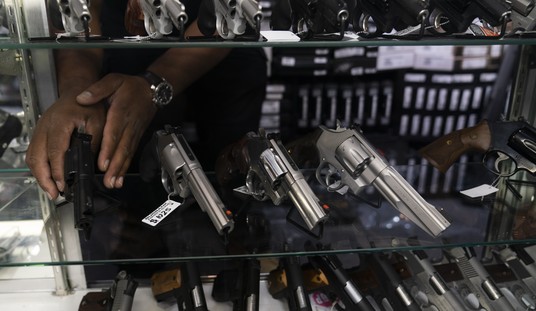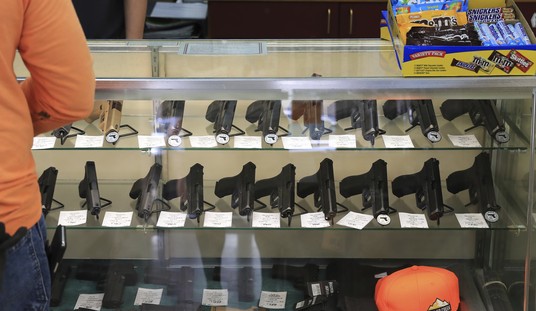Author Amity Shlaes has finally brought one of the greatest and most underrated presidents of the 20th century to a popular audience. Vermont native Calvin Coolidge, once regarded by liberal historians as a “do nothing” president, has been recast in the heroic mold of the “Great Refrainer” by Shlaes in her new book, Coolidge.
Building off of her past book, The Forgotten Man: A New History of the Great Depression, in which she put a stake into the heart of the idea that it was the New Deal that brought the United States out of the depression in the 1930’s, Shlaes demonstrates how public sector austerity and innovative “scientific taxation” brought balanced budgets and a roaring economy during the 1920’s.
Much like how the “Great Communicator” Ronald Reagan became the symbol and leader of the limited-government “new federalism” policies of the 1980’s, Coolidge was the powerful, yet taciturn symbol of streamlined government and private sector pre-eminence in the Roaring Twenties. In fact, it was Reagan that first started to bring Coolidge back as a hero when he replaced a portrait of Thomas Jefferson (some accounts claim it was a Harry Truman portrait) in the White House in favor of Coolidge.
Reagan explained his admiration for Coolidge in a 1981 interview with Newsweek:
I don’t know if this country has ever had a higher level of prosperity as it did under Coolidge. And he actually reduced the national debt, he cut taxes several times across the board. And maybe the criticism was in both cases that they weren’t activist enough. Well, maybe there’s a lesson in that. Maybe we’ve had instances of government being too active, intervening, interfering. You have here a couple of cases of men who were abiding by the rule that if it ain’t broke,don’t fix it.
Shlaes does a marvelous job of bringing the reader through the life of the introverted Coolidge, who seemed to always embrace the responsibility of leadership without gaining the egoism and narcissism that exudes from many powerful men.
Coolidge rose steadily from his somewhat lackluster early days at Amherst College in Massachusetts, where he initially received poor grades and slept through class. Coolidge started emerging as a leader when he started making a few speeches in school and writing orations.
When he left school, Coolidge quickly entered Massachusetts state politics as a member of the Republican Party and didn’t turn back. He held a number of offices, including state senator, president of the senate, Lt. governor and eventually governor.
It was as Massachusetts governor that Coolidge became nationally famous when he fired the entire Boston police force during a bitter strike. President Woodrow Wilson was of little help as he didn’t want to upset labor allies and was entirely absorbed in his fight to make America join the League of Nations, so Coolidge filled the void of leadership.
During the strike, the city of Boston was hit by a wave of violence and robbery. When Coolidge decided to pull the trigger and replace the entire striking police force, he sent a telegram to labor leader Samuel Gompers saying, “There is no right to strike against the public safety by anybody, anywhere, anytime.”
This bold statement both diminished the vacillating President Woodrow Wilson and calmed a nation stricken with labor unrest. It put Coolidge on the map in the 1920 presidential race.
Coolidge ended up as the vice president under winning Republican candidate Warren Harding, where he dutifully served until Harding died of illness in San Francisco, California in 1923. Coolidge decided to take up the Harding program of public sector austerity which had brought the country out of the Wilson recession of the early 1920’s. Though Harding had focused on reducing government expenditures and establishing a systematic operation of budgeting—the precursor to the Office of Management and Budget was established under Harding—Coolidge made tax cuts the cornerstone of his legislative agenda.
Together, with Andrew Mellon, perhaps America’s greatest treasury besides Alexander Hamilton, Coolidge secured dramatic tax cuts that were a precursor and inspiration to Supply-Side economists later in the century. Not only were reductions in income and capital gains tax rates conducive to the economy, but they brought in higher revenues to boot. America was paying off its debt at an astounding rate.
What is especially instructive in Shlaes’s account of Coolidge’s life was his outlook on both the burgeoning aviation industry and his view of federalism which no doubt came from his deep understanding of the Founding Fathers—a phrase coined by Warren Harding in a 1916 convention speech.
Aviation was in its infancy and many Progressives considered nationalizing the industry. But Coolidge saw the enormous potential aviation had for both creating a major boon to commerce and breaking up the comatose railroad industry, which had a byzantine set of rules and prices regulated by the Interstate Commerce Commission.
By leaving the aviation industry unimpeded by government regulation and control it rose to new heights. It is certainly a good lesson for modern Americans in regard to space programs. The next American on the moon will probably fly aboard a private space aircraft and they will do it more safely and comfortably than in any craft that the government could possibly produce.
Another example of Coolidge’s limited government outlook as president was his approach to massive floods in the southern states. Coolidge would have been no fan of FEMA. According to Shlaes, Coolidge thought that the proper role of the executive branch in state level disasters was to “coordinate, offer limited supplies and encourage.” Coolidge clearly understood that the Federal government should be using its power and resources for national purposes and that state level problems belonged in the hands of state and local governments.
Shlaes has done an amazing job of reviving Coolidge for Americans who believe in free-markets and federalism. Her book drew a great deal from late Regnery author, Robert Sobel, whose book Coolidge, An American Enigma, was the standard for Coolidge scholarship and historiography in recent years. Shlaes built upon that work and others and wrote the most complete and humanizing portrait of the 30th president in recent history.
Finally, Silent Cal gets his due. Every American that believes that the best government is that which governs least should read Coolidge and admire the “Great Refrainer.” One thing is for sure, Ronald Reagan would have loved it.








Join the conversation as a VIP Member